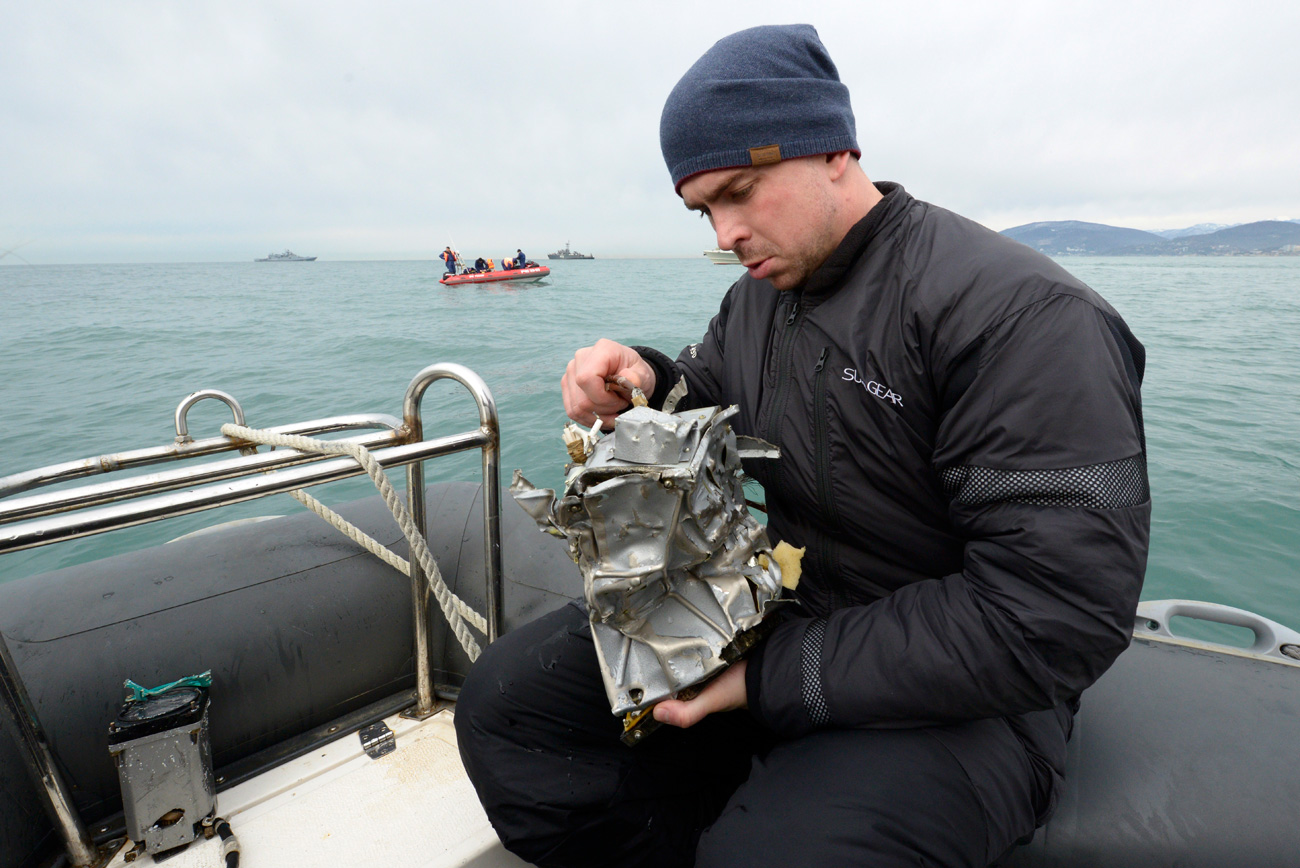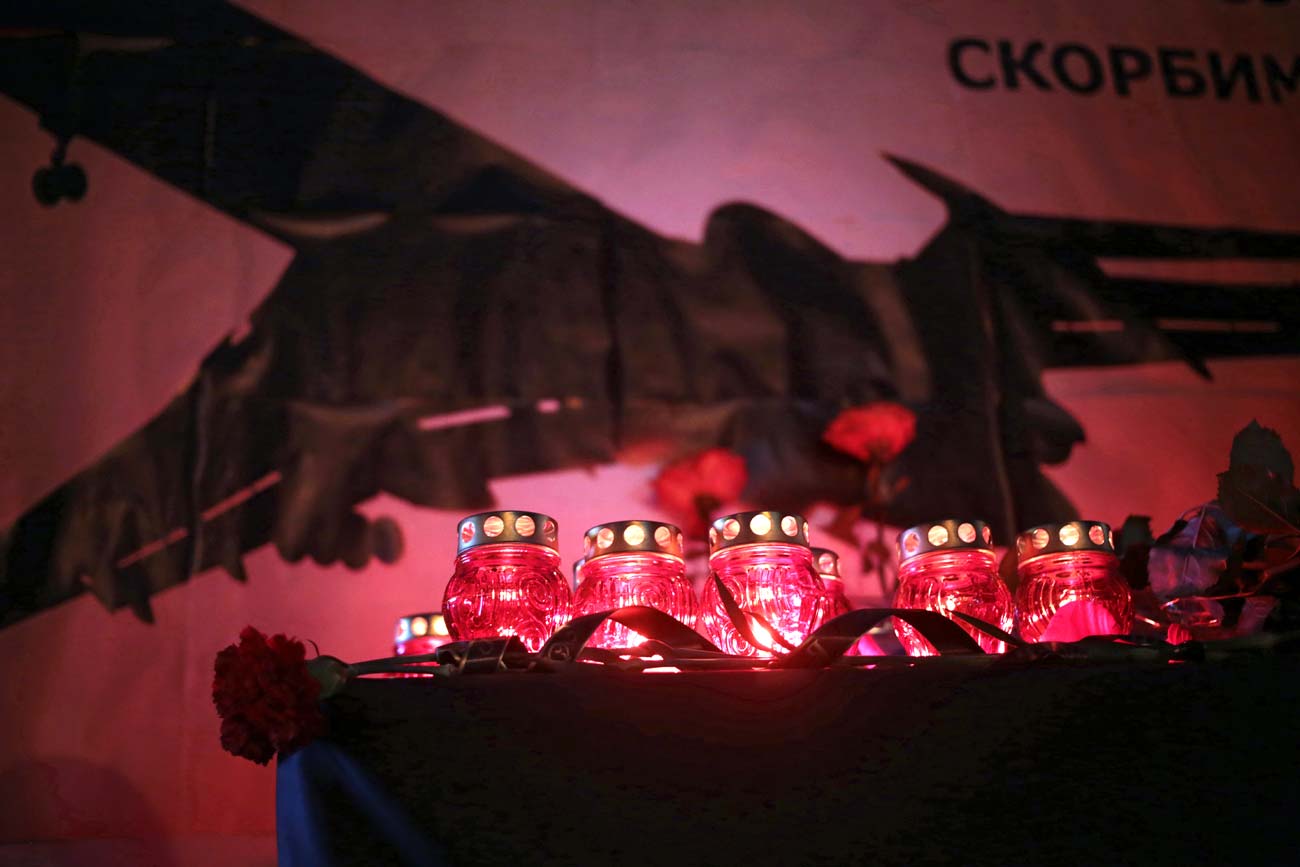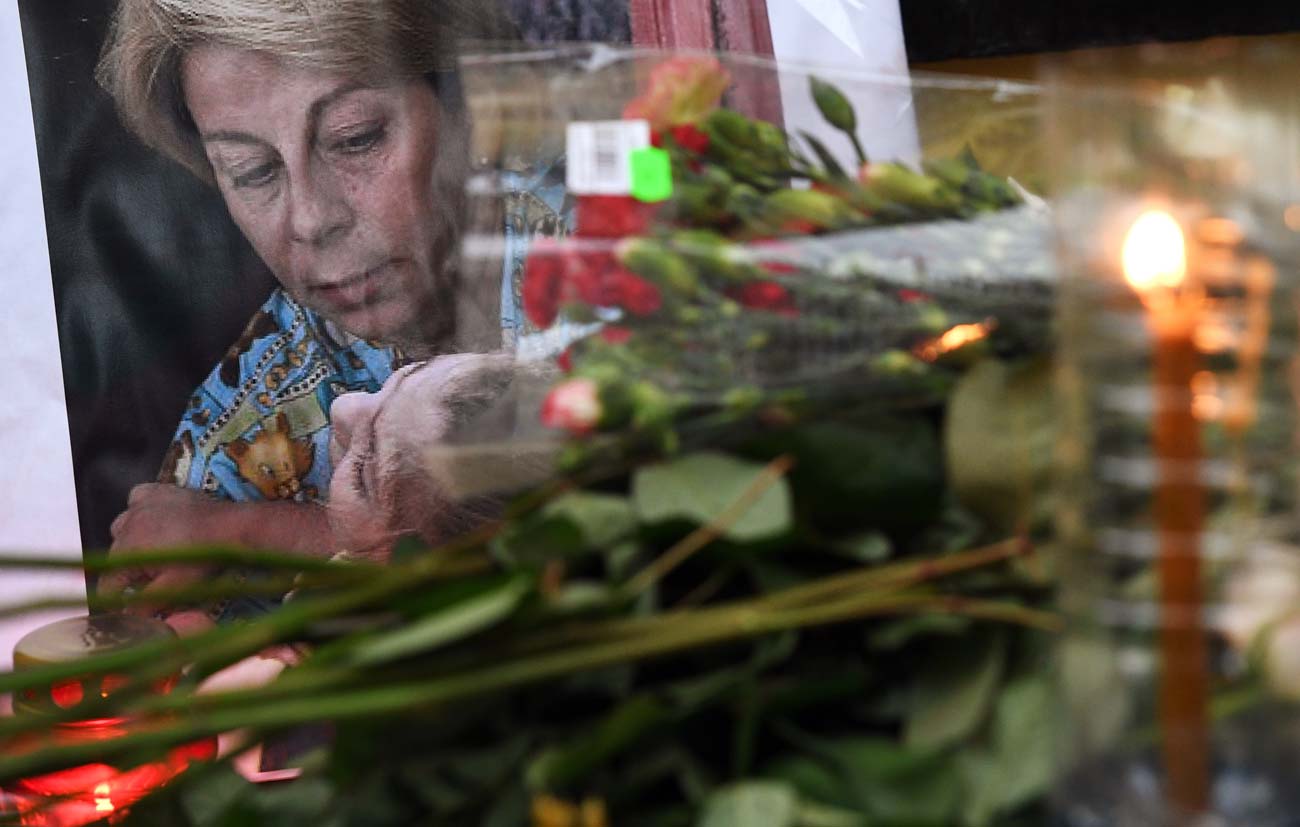Sochi plane crash: Black box data indicates possible problems with flaps

Investigators have recovered the flight-data recorder from a crashed Russian military plane. Teams are beginning to review the data to learn why the jet went down shortly after taking off.
APNew information is beginning to emerge about the fate of the Russian military aircraft that crashed into the Black Sea on Dec. 25, killing all 92 on board, following the recovery of one of the plane’s flight recorders from the sea bed.
On the morning of Dec. 27 divers found and brought ashore a part that was the biggest plane fragment in the search operation: A four-meter piece of the Tu-154B2's tail structure, located at a depth of 30 meters. It was there that the parametric flight recorder, which had registered the flight's parameters and the functions of all the plane's systems, was found.
It was immediately sent to the Russian air force's Central Scientific Research Institute in the Moscow Region. The Defense Ministry still has not divulged the results of the black box's decryption, saying only that "a state commission will draw the final conclusions about the causes of the catastrophe after studying all the possible factors."
Meanwhile, a source close to the investigation said that the recorder had registered a breakdown of the Tu-154's flap retraction systems, which during take-off provide additional lifting capacity for the plane's wings.
How dangerous are flaps that do not retract?
Aviation specialists interviewed by Kommersant say that flaps that do not retract can be an unpleasant but by no means catastrophic circumstance. Pilots can compensate for the dive that occurs when flaps do not retract during take-off by pulling on the yoke and with the help of the plane's stabilizer.
While gaining time thanks to this maneuver, the pilots communicate the malfunction to the flight dispatcher and return the aircraft to the airport. The return takes place at a low speed so that the counter airflow does not tear off the defected surfaces.
If the plane really did have a problem with broken flaps, then for some reason the Tu-154's crew was unable to solve the problem. Moreover, with its actions the crew could have exacerbated the emergency, though still not critical, situation that resulted aboard.
Experts believe that the military pilots, trying to compensate for the plane's gradual dip into a dive, began forcefully pulling on the yoke, thereby simultaneously increasing the work of the engines. As a result of this the plane could have assumed the so-called “critical angle of attack” at which an aircraft can stall, lost speed and instead of gaining altitude, crashed into the sea.
New witnesses to the air catastrophe
The idea of broken flaps was proposed by members of the investigation before the decryption of the recorder. It was based on an account given by a direct witness to the tragedy, an employee of the Federal Security Service’s Border Guard, who claimed to have seen the disaster. The border guard compared the position of the plane at the time it touched the water to a motorcycle moving on its hind wheel.
On Dec. 27 Svetlana Petrenko, the official spokeswoman of the Russian Investigative Committee, said that besides the FSB employee and other witnesses' accounts, the committee has a video recording of the plane's entire short flight – from take-off to disintegration. However, the Investigative Committee has not commented on the content of the video recording or the information that experts obtained from the flight recorder.
Despite the predominant theory, experts and the investigation will not renounce other possible causes of the catastrophe. Specialists are still considering the possibility of a terrorist act on board the plane or the disruption to its alignment during take-off, something that, according to pilots, the Tu-154 is very sensitive to.
There is even information indicating that the plane possibly collided with a flock of seagulls. At the very beginning of the search operation a large quantity of bird feathers was found in the area where the plane supposedly fell. Rescue helicopter pilots also complained of a large number of birds in the air.
This theory on the cause of the disaster will either be confirmed or denied after experts find and study the plane's engine, whose blades may contain biological traces.
First published in Russian by Kommersant
Read more: Sochi plane crash: What is the Alexandrov Military Ensemble?>>>
Subscribe to get the hand picked best stories every week
All rights reserved by Rossiyskaya Gazeta.
Subscribe
to our newsletter!
Get the week's best stories straight to your inbox

